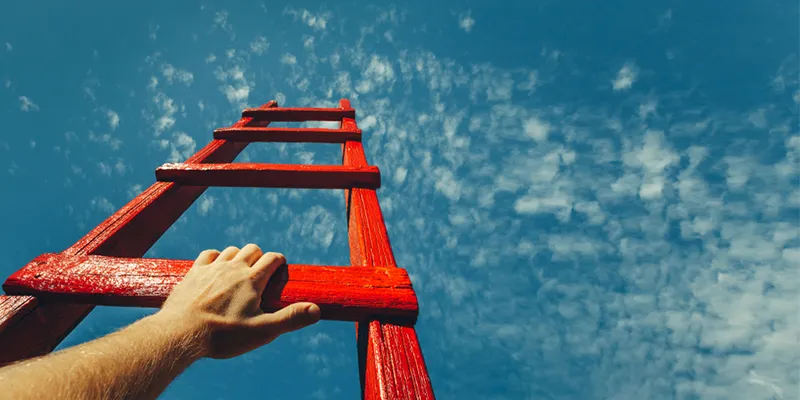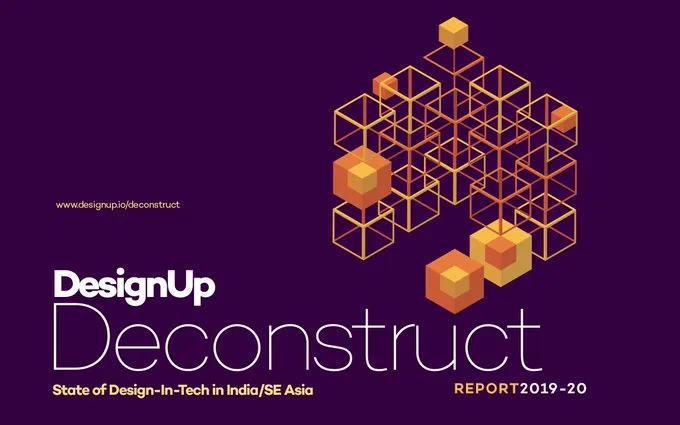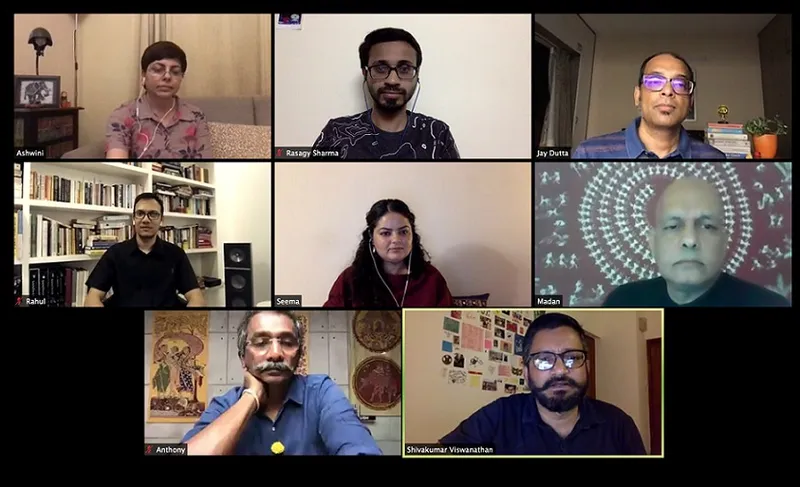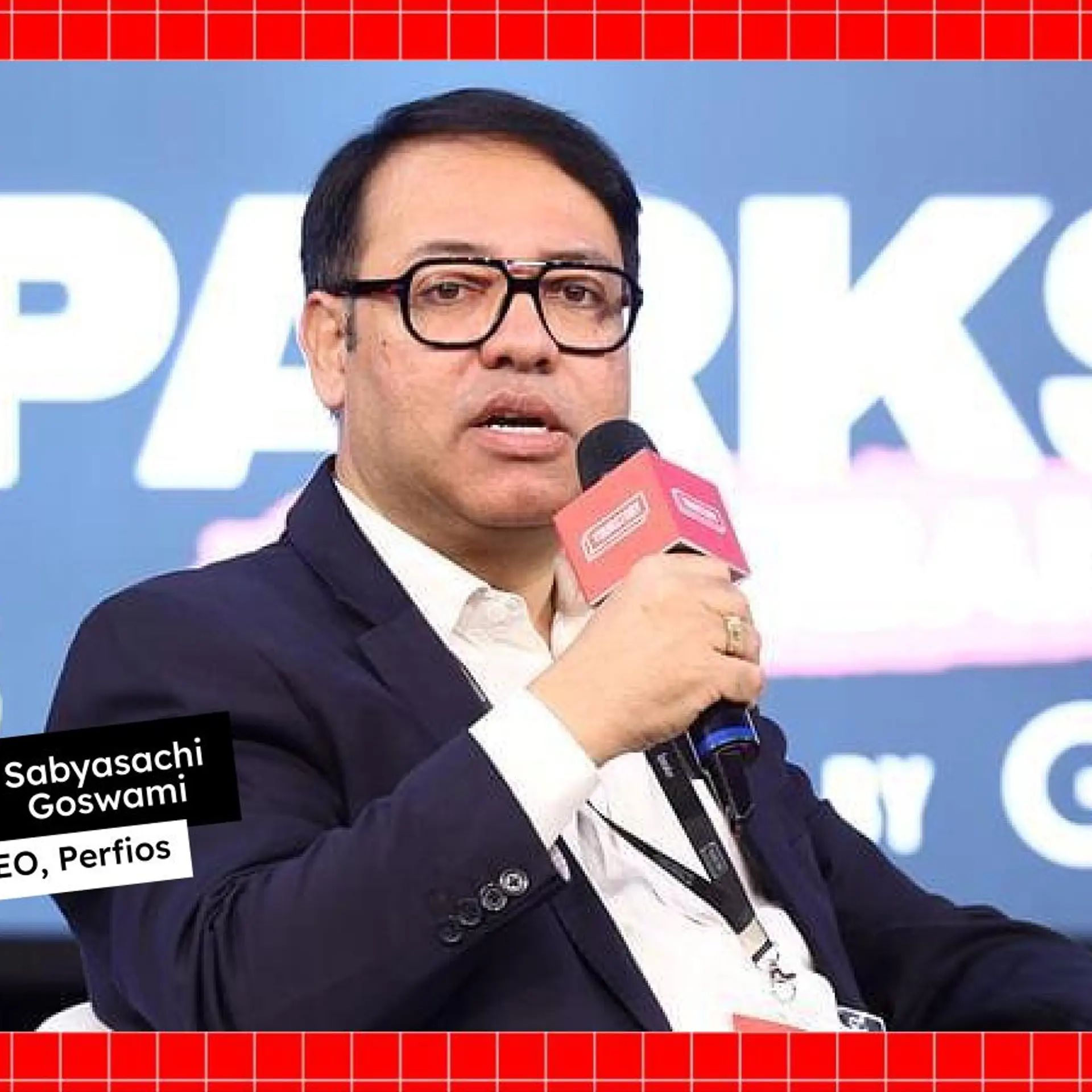Attitudes, agendas, and alliances – DesignUp panel concludes with pathway recommendations for designers
In the conclusion of our three-part article series, five panelists share tips for designers at the level of individuals, firms, and industry associations.
How are design firms assessing the impact of the coronavirus outbreak? How are they upskilling and restructuring in these tough times? Some of these issues were covered in Part I and Part II of our article series on the recent panel discussion ‘DesignUp Circuit: The pandemic’s impact on design as a business.’

Organised by the team behind the DesignUp conferences, the online forum featured five panellists, sharing frameworks and examples of business responses. See our coverage of the annual DesignUp conference editions from 2019, 2018, and 2017, as well as our d-Zen (‘Design Zen’) section for more design resources.
The panel line-up included Ashwini Deshpande, Director and CoFounder, Elephant Design and Founding Member, Association of Designers of India (ADI); Anthony Lopez, Founder and Principal Designer, Lopez Design; Seema Seth, Founder, Studio Sky and General Secretary of ADI; Rahul Gonsalves, Founder and CEO, Obvious; and Madanmohan Rao, Research Director at YourStory Media.
The hour-long panel featured three rounds of discussion on critical issues facing the design industry. See also the DesignUp report, Deconstruct: Understanding the State of Design-In-Tech, for insights on design community roles, education, and organisational impact.
The panel was curated by Jay Dutta, SVP UX Design at MakeMyTrip, and anchored by Shiva Viswanathan, Brand and UX Coach for Ogilvy PennyWise. In Part III of this article series, we share insights on design industry alliances, tips for freelancers, and imperatives for the future.
Industry associations
“Design is a real job. And when done well, it could have a significant positive impact. Designers will be able to morph into the new normal,” Ashwini Deshpande affirmed.
“I am quite sure we will evolve and adapt to the new ask, post-coronavirus pandemic if we have our empathy antenna spruced up. We just need to live these times out and be patient,” she said.
Ashwini asked: “Isn’t the whole excitement about being a designer all about solving the next yet unknown problem?” It is OK to be uncertain, she added.
The Association of Designers of India can reach out to several industry bodies like India Design Council, and others like NASSCOM and CII. “We can collectively discuss and figure out the way forward that would safeguard the interest of the design community,” Ashwini explained. ADI has also conducted webinars with titles like ‘Resurge,’ with a diverse lineup of designers discussing the new normal.
Design as necessity
It is important that design is seen as essential, like a utility. Rahul Gonsalves pointed to the ‘Simple’ app as an example of design with health impact. It is an open-source project whose goal is to reduce deaths due to hypertension by 100 million over the next ten years.
“It’s really interesting to see a non-profit so totally embrace a design-led, iterative approach to solving for this problem. I think it’s a really good indicator that design has moved from being thought of as veneer to being thought of as substance,” Rahul affirmed.
This opens a lot of doors for designers and studios to engage with both impact-sector clients and governments. “Citizen-service delivery has already been moving online, and I believe that this pandemic is only going accelerate that process,” he added.
Design and passion projects
“Designers by nature are creators and passionate about a million things. We tend to work on several side projects or passion projects, which are outside of our client work,” said Seema of Studio Sky, who also runs an ecommerce socks startup called Footsy.
Some of the side projects are stress busters, others help learn new skills, and yet others stem from things designer-founders are curious or excited about. “I don’t necessarily advocate that all side projects should be monetised,” Seema clarified.
But the optimistic side is that if designers were pushed to the edge, they could easily pull out a few alternative career options from under their hats. “If I had to pursue a different dream, I’d probably want to explore the world of food. But I hope we aren't pushed off the edge,” she joked.

Freelancer tips
Anthony Lopez offered a wide range of tips for freelance designers, from agility to marketing. “We are all in unprecedented and uncertain times and there is no ready formula or right advice,” he cautioned.
“But this is the time you can push yourself as you are most likely to do it. Remember all your New Year resolutions,” Anthony joked.
“Be prepared for the long haul - be tight-fisted with money,” he began. Freelancers should figure out how long they can last living minimally, and not spend on treats, especially if they live independently.
“You will have to hustle harder and smarter than ever before. It’s no longer the same, there will be fewer opportunities and everybody is out to grab the same pie,” he cautioned. On the other hand, there is tremendous work on COVID-19 all across and business is reshaping, so lots of opportunities are opening up.
“So you will need to shift where you look. You will also need to learn how to think and work fast,” Anthony emphasised. It is important to produce work faster because there will be less pay for more work of the same quality.
“You need to be agile and adaptive, though that’s easier said than done. It’s more about how your mind functions than tech and software,” he cautioned. Freelancers should inculcate habits and practices that make them open to change and adapt; this may be easier for youth.
“Be ambidextrous in what you can do - and be open to taking on any type or a wide range of work,” Anthony stressed. All this will help to reskill and set new directions for the future.
“Collaborate efficiently with different experts and teams,” he added. Teaming up can create larger and bigger opportunities. This increases learning opportunities and also reduces risk on the upside.
“Go for doing the right thing – be a good gatekeeper. The human side of everyone is reaching out,” Anthony explained. This also will help people trust designers more in the long-run.
It is important to reach out far and wide, pull out contacts, and start having conversations. “But tread carefully, don’t be pushy or insensitive to the current situation,” he cautioned.
Lastly, the environment is ready for new seedlings. “So seed and action new ideas. In all this, may the Force be with you,” Anthon evocatively summed up.
The post-corona world
Madanmohan Rao wrapped up the discussion with some perspectives on what design organisations may look like in the future. They will certainly need stronger and more frequent industry dialogue on common issues of concern. Several sectors are strengthening such alliances, for example, startups and investors have launched the Action COVID-19 Team (ACT) with Rs 100 crore in grants.
Given the magnitude of the socio-economic challenges the country faces ahead, design firms may need to increase their social responsibility commitment and have an 80-20 percent split between for-profit and non-profit work. Designers may also need to take part in the broader community and activist initiatives, as seen in the origin story of platforms like Ushahidi, Madanmohan cited as an example.
Emerging from lockdown does not mean an immediate return to business-as-usual. The real challenges still lie ahead, and the government will play a key role in rebuilding the nation as we confront the ‘new normal.’
Design firms will need to proactively form alliances with governments to revive sectors like health, agriculture, and industry, and work around their aversion to perceived bureaucracy, politics, or corruption. This will include co-creation for product design, communication campaigns, service design, digital media, market spaces, and open-source design.

Design conversations
More insights on design community responses were shared in a chat with YourStory after the panel by Jay Dutta, Founder-Curator, DesignUp Festival. There are optimism and worry in equal measure in the community, he observed.
“I recently got on a call and had heart-to-heart conversations with a bunch of design leaders and conference organisers from around the world. People from the Americas and Europe to Asia are all worried about the post-pandemic scenario,” Jay explained. The thought that this may just be the beginning of a series of such global scares is also not lost.
Concerns range from job losses and losing projects to the possible cancellations of a huge number of events – and the economic ramifications of all of this. “Equally, there's optimism in what the new opportunities online present - the proverbial silver lining,” Jay added. This includes online meetings and webinars.
“The conversations in design now range from our eagerness to help with the problems around us, the concerns around what’s next, and approaches to keeping our tribe alive, active, and inspired,” Jay explained. This includes revisiting and redefining the limits of what can and cannot be done.
Jay wrapped up with some advice for the design community. “Prepare for the time beyond the short-lived euphoria of online meets, webinars, how-to-remote, show-your-desks, virtual-parties, and more,” he cautioned.
It is important to look at what the next five weeks, five months, and five years look like for designers as individuals, teams, and firms. “We are great at visualising – so open your mind's eye and think, rethink critically through those scenarios,” he urged.
“It's very important we stay focused, prepared – and relevant. It's not all grim and grey, but think of this opportunity to redesign how we work, what we work on, and what impact we have on the ecosystems around us,” Jay signed off.
Edited by Suman Singh










